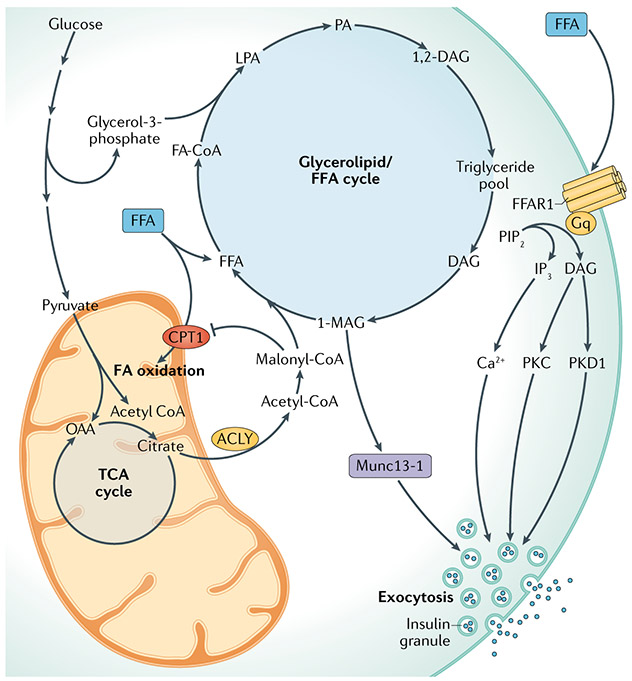Fig. 4 ∣. Glycerolipid/FFA cycle for the amplification of GSIS.
This model holds that the increase in malonyl-CoA levels induced by stimulatory glucose inhibits carnitine palmitoyl transferase 1 (CPT1) and fatty acid (FA) oxidation, contributing to lipid synthesis and diversion of free fatty acids (FFAs) away from oxidation and towards esterification with glycerol-3-phosphate to form glycerolipids. Glycerolipids are used to form triglycerides, which are then hydrolysed to form diacylglycerols (DAG) and further to monoacylglycerols (MAG), including 1-MAG, which binds the insulin granule trafficking protein Munc13-1 to enhance insulin granule exocytosis. FAs also potentiate glucose-stimulated insulin secretion (GSIS) by interaction with the plasma membrane FFA receptor 1 (FFAR1) to activate the metabolism of phosphoinositide bisphosphate (PIP2) to inositol triphosphate (IP3) and DAG to stimulate insulin secretion via mobilization of Ca2+ and activation of protein kinase C (PKC) and protein kinase D (PKD1), respectively. 1,2-DAG, 1,2-diacylglycerol; ACLY, ATP citrate lyase; FA-CoA, fatty acyl-CoA; LPA, lysophosphatidic acid; OAA, oxaloacetate; PA, phosphatidic acid; TCA, tricarboxylic acid.

